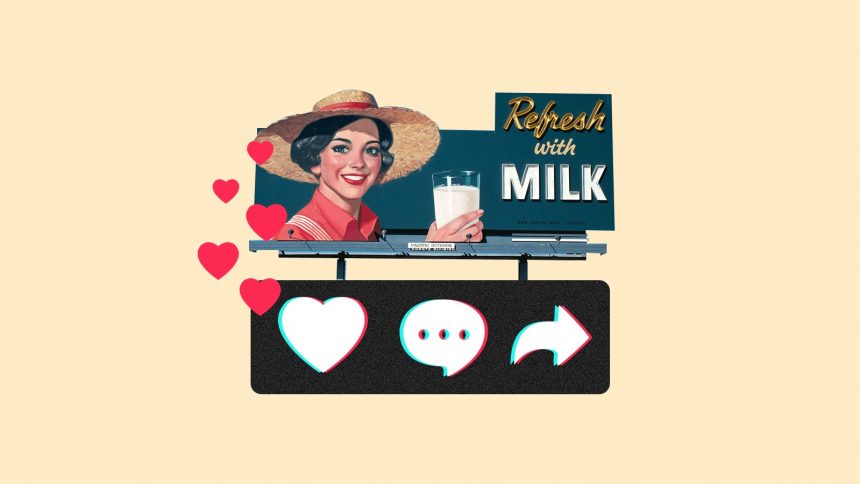Over the past eighteen months, there has been a significant increase in interest surrounding butter. It all began with a viral video featuring influencer chef Justine Doiron showcasing a unique butter board creation. The video depicted Doiron artfully spreading two sticks of butter onto a wooden cheese board, seasoning it with flaky sea salt, lemon zest, herbs, and red onion, and finishing it off with flower petals and honey. This culinary creation quickly gained popularity as the butter board trend, making headlines in publications like The New York Times, CNN, and the Today Show.
What sparked the resurgence of butter in American cuisine? According to the U.S. dairy lobby, it was part of their strategic marketing campaign. An industry marketing group known as Dairy Management Inc. took credit for the rise of the butter board trend, as they were sponsors of Doiron at the time she posted the viral video. While Doiron did not explicitly disclose the partnership in her original video, Dairy Management claimed she was part of their network of paid influencers. The group, funded mostly by fees collected from farmers, collaborates with various influencers to promote dairy products, with a primary aim of boosting their demand in the market.
In addition to the butter board trend, Dairy Management has partnered with other influencers and companies to promote dairy products. Notably, their collaboration with mega-influencer MrBeast and fast-food giant McDonald’s has led to the creation of viral menu items featuring dairy. Dairy Management’s efforts to grow the consumption of dairy products have seen varying degrees of successes, with some raising concerns about the environmental impact of the dairy industry in light of rising greenhouse gas emissions.
Despite the promotional successes, there are lingering questions about the impact of these marketing strategies on small dairy farmers. As larger farms dominate the market, the number of small and mid-sized dairy farms has drastically declined in recent years. Ongoing concerns about costs, fluctuating milk prices, and environmental consequences of dairy production have put a spotlight on the sustainability of the industry’s growth strategies.
Underpinning these promotional efforts are industry programs overseen by the U.S. Department of Agriculture, where farmers are required to contribute funds towards marketing and promotion initiatives. These “checkoff” programs play a pivotal role in shaping the narrative around dairy products and driving consumer demand. Despite the financial complexities involved, these programs generate significant revenue for the industry and continue to influence consumer perceptions and choices when it comes to dairy products.






